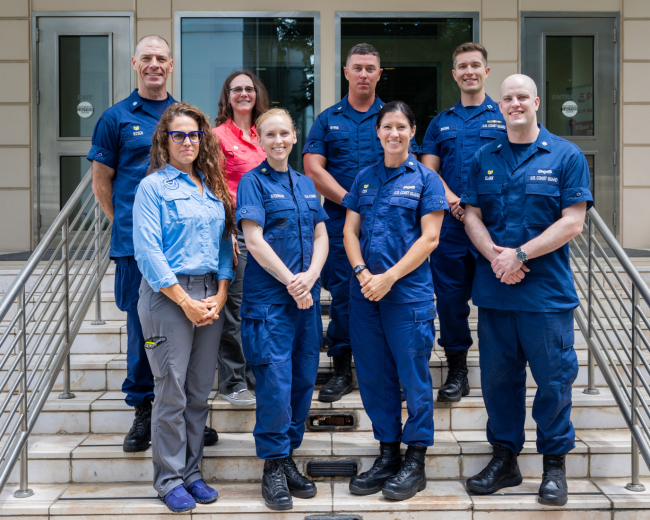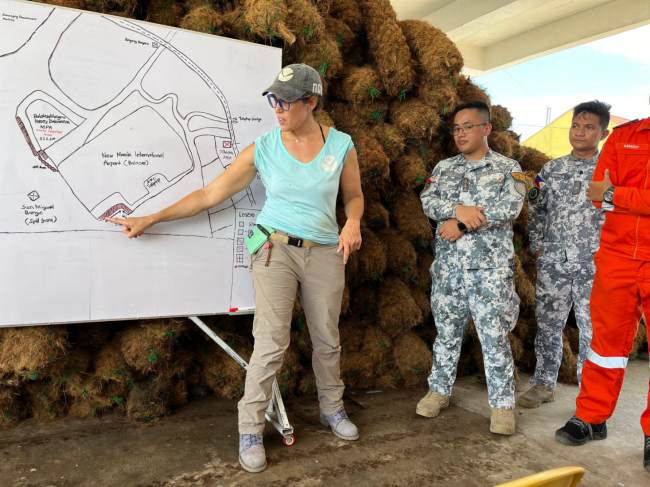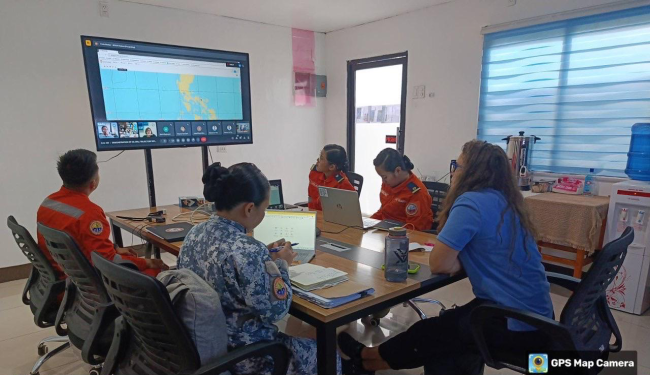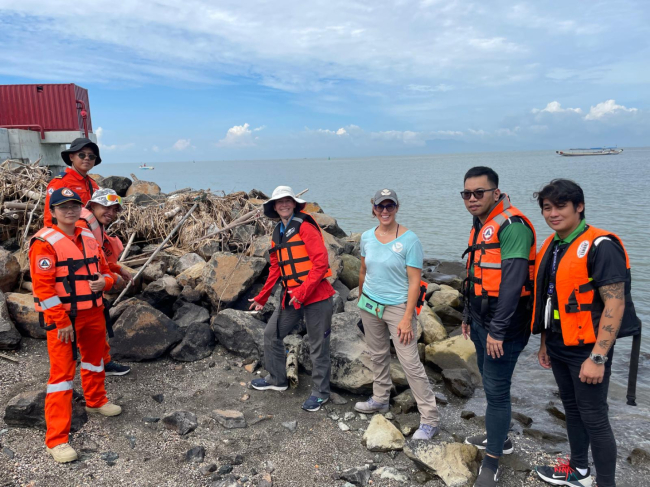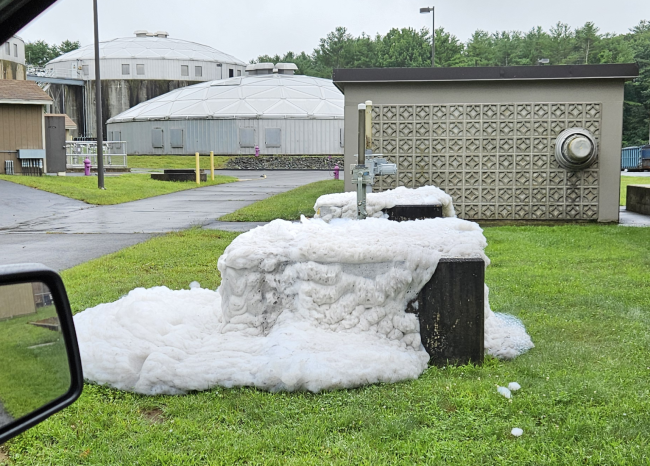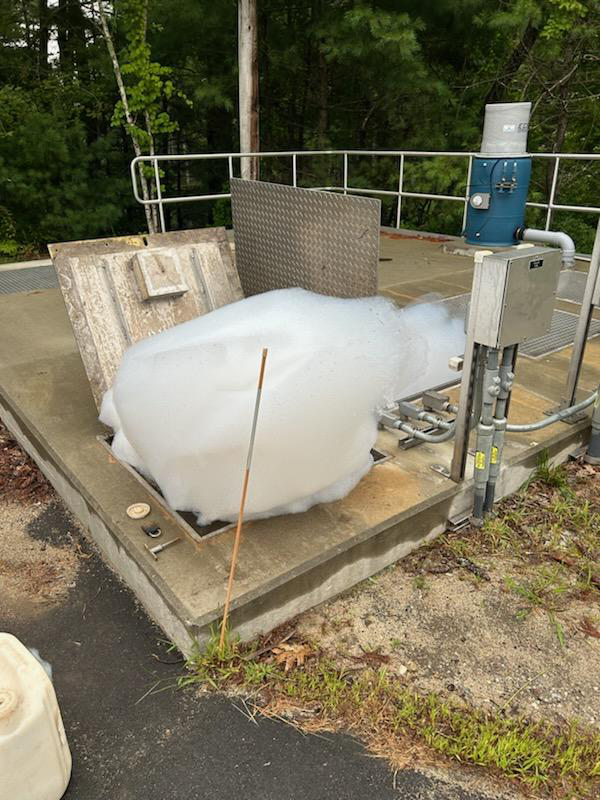Every month, NOAA’s Office of Response and Restoration’s (OR&R) Emergency Response Division provides scientific expertise and services to the U.S. Coast Guard (USCG), ranging from producing oil spill trajectories that estimate where a spill may spread; to identifying possible effects on wildlife and fisheries; to estimating how long oil may stay in the environment. We also receive requests to track and model other floating objects, such as log booms or shipping containers that have broken free, whale carcasses, fish die-offs, and algal blooms.
So far this year, OR&R has responded to 130 incidents. During August, OR&R provided response support for 27 incidents, including 17 new incidents in eight states, one territory (U.S. Virgin Islands), one new international response in the Red Sea, and an ongoing international response in the Philippines. Ten of the new incidents were actual or potential oil spills, three involved threats of pollution from natural hazards (hurricane, landslide, and glacial flooding), two were chemical spills, and two were marine debris/vessel sinkings without pollution.
OR&R staff prepared 115 incident reports and documents, including three fate and trajectory analyses. Seven of the incidents this month were unknown volumes, but eight of the incidents had volume estimates (and two were marine debris). Cumulatively, these incidents posed an approximate risk of more than 50 million gallons of oil and chemicals.
(Note: All spill volumes are approximate and based on initial information that may be updated after further investigation.)
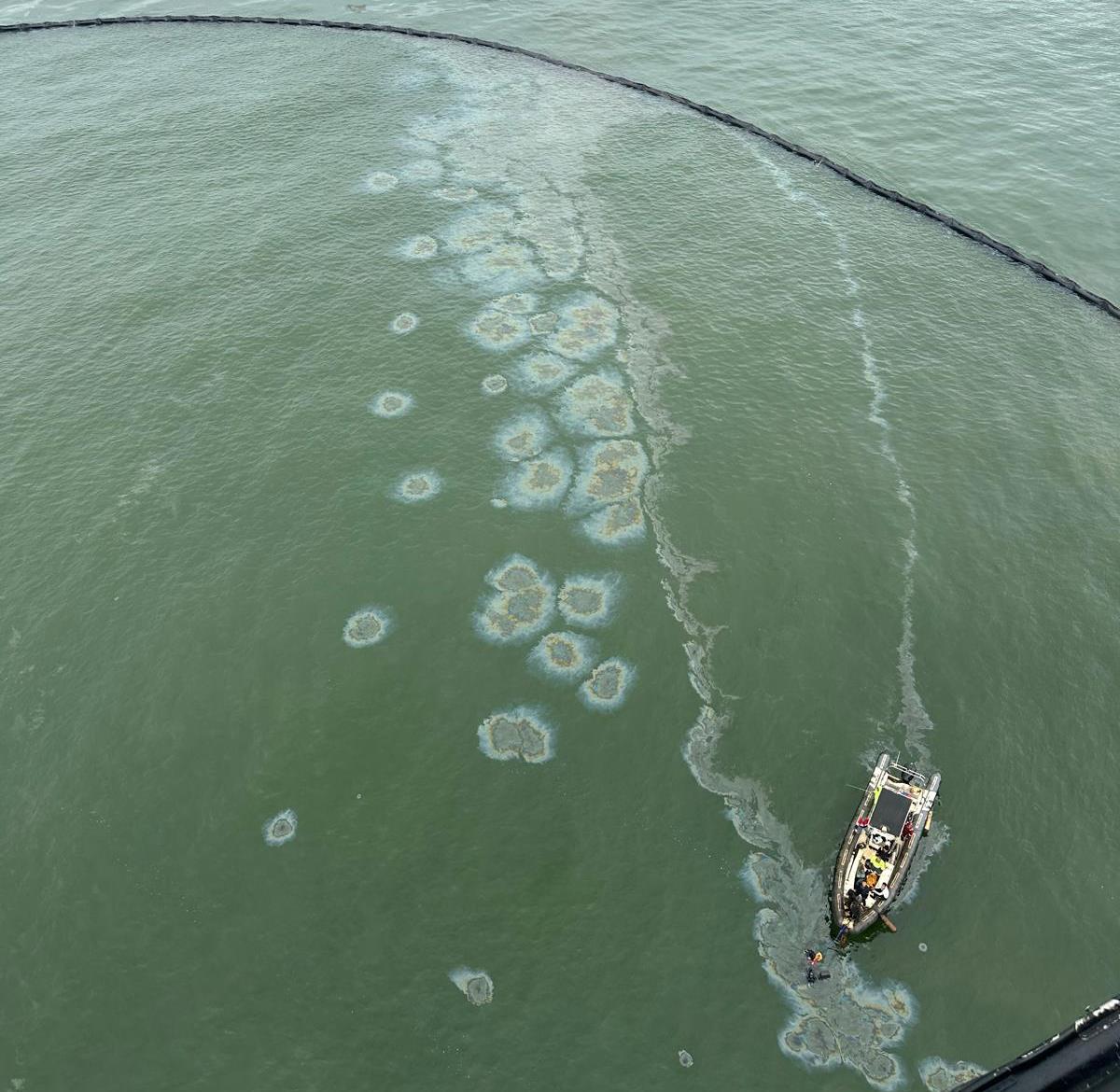
International Assistance
OR&R’s efforts in international spill response demonstrate the dedication of the U.S. government to assist nations facing environmental crises.
During August, OR&R provided support to the Philippines after the tanker Terranova, carrying 396,000 gallons of industrial fuel oil, capsized and sank in Manila Bay on July 25. As part of the USCG National Strike Force deployed on-scene, OR&R provided on-the-ground and remote oil spill response assessments and technical expertise in the form of remote trajectory modeling, on-scene support, on-site and virtual training, job aids, and other published guidance and coaching.
In another part of the world, an oil tanker carrying one million barrels of crude oil was damaged in the southwest Red Sea. OR&R and its NOAA partner – the National Environmental Satellite, Data, and Information Service (NESDIS) – assisted at the request of the USCG. OR&R provided oil trajectory and fate analysis, environmental risk assessment, and contingency planning; NESDIS provided satellite imagery and analysis.
Displaced Vessels Post-Hurricane Ernesto
In the aftermath of Hurricane Ernesto, OR&R provided best management practices following an Emergency Section 7 Endangered Species Consultation to protect listed species or critical habitats during post-storm maritime restoration efforts.
The week of August 12, Hurricane Ernesto caused damage in Puerto Rico and the U.S. Virgin Islands as it passed north of the region as a tropical storm. OR&R supported the USCG with vessels displaced by the hurricane. The tug Hovic, which sank at an oil terminal pier on St. Croix’s south shore with reportedly 400 gallons of diesel plus hydraulic and lube oils onboard, was of greatest concern.
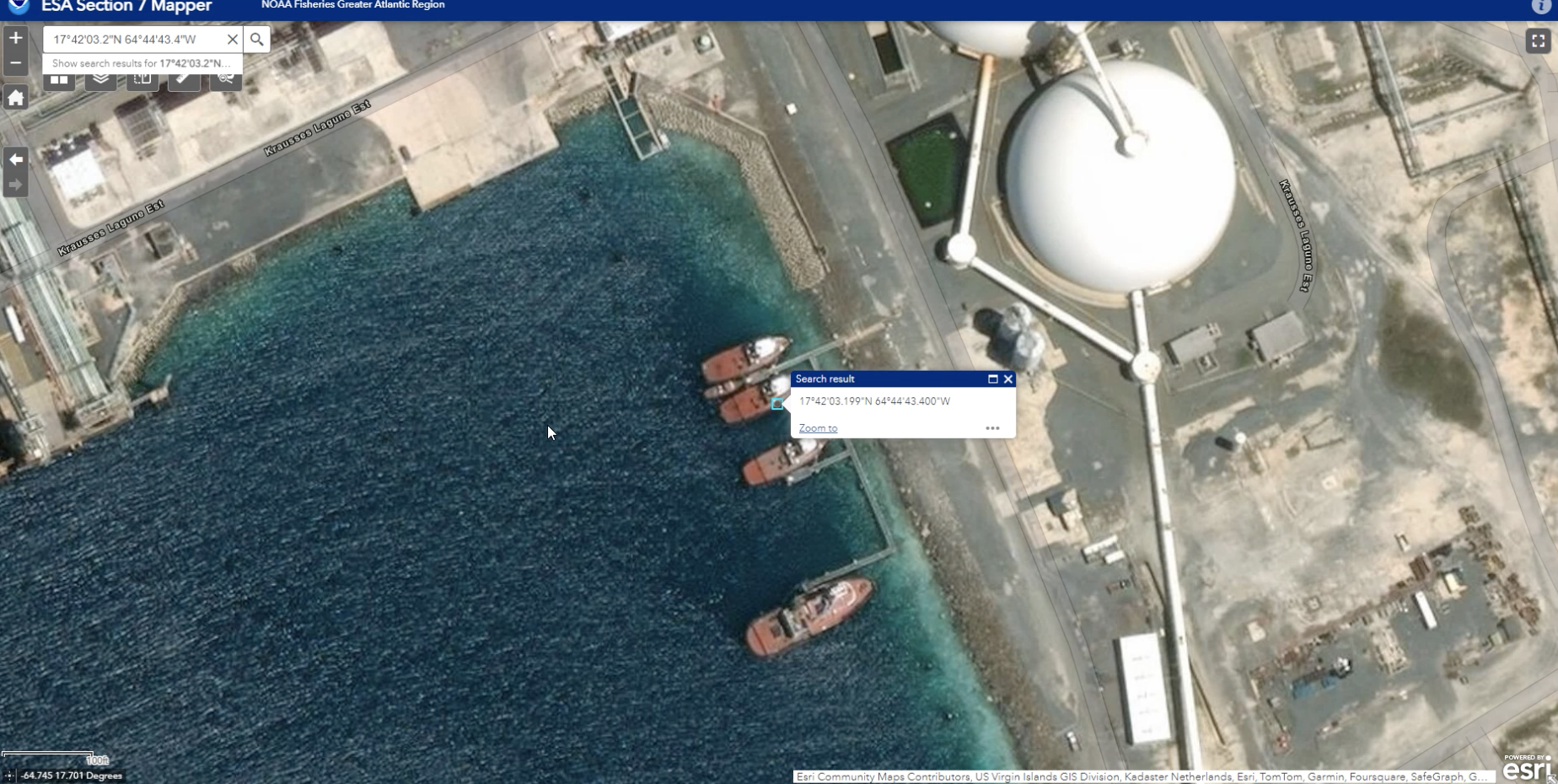
OR&R provided best management practices following an Emergency Section 7 Endangered Species Consultation submitted on August 15. The Consultation is a process that ensures that federal agencies' response actions do not harm listed species or critical habitats.
An operation conducted on August 18 towed the Hovic from the mud bottom to the pier, successfully removing it from its grounding.
Tropical Storm/Hurricane Debby
OR&R supported the response to Tropical Storm/Hurricane Debby, joining USCG and other NOAA offices at the Area Command Post in Miami.
OR&R monitored the track and development of Tropical Storm Debby, which made landfall near Steinhatchee, Florida as a Category 1 hurricane before weakening to a tropical storm.
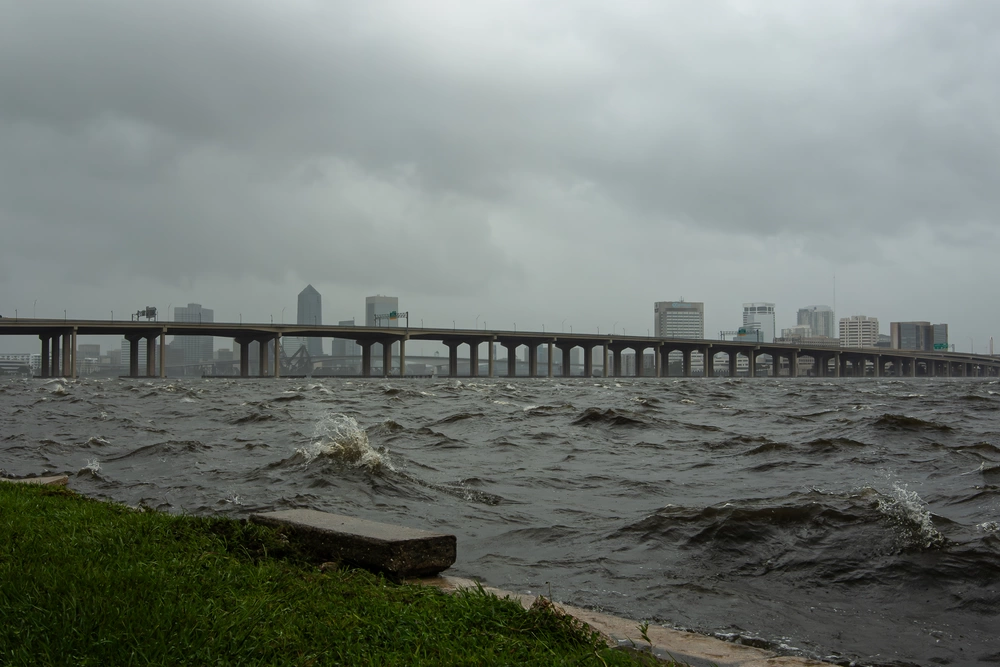
On August 5, USCG Seventh District established an Area Command Post (ACP)at the USCG Air Station Miami in Opa Locka. Numerous NOAA offices participated in monitoring the storm and preparing to support, including OR&R, the National Hurricane Center, National Weather Service, Center for Operational Oceanographic Products and Services, Office of National Marine Sanctuaries, Office of Coast Survey, and National Geodetic Survey.
The OR&R Scientific Support Coordinator (SSC) connected with several agencies—USCG District Seven and local Coast Guard Sectors, USCG representatives at the Regional Response Coordination Center, and the Emergency Operations Centers for Florida, Georgia, and South Carolina—to offer assistance for federal or state requests for NOAA support.
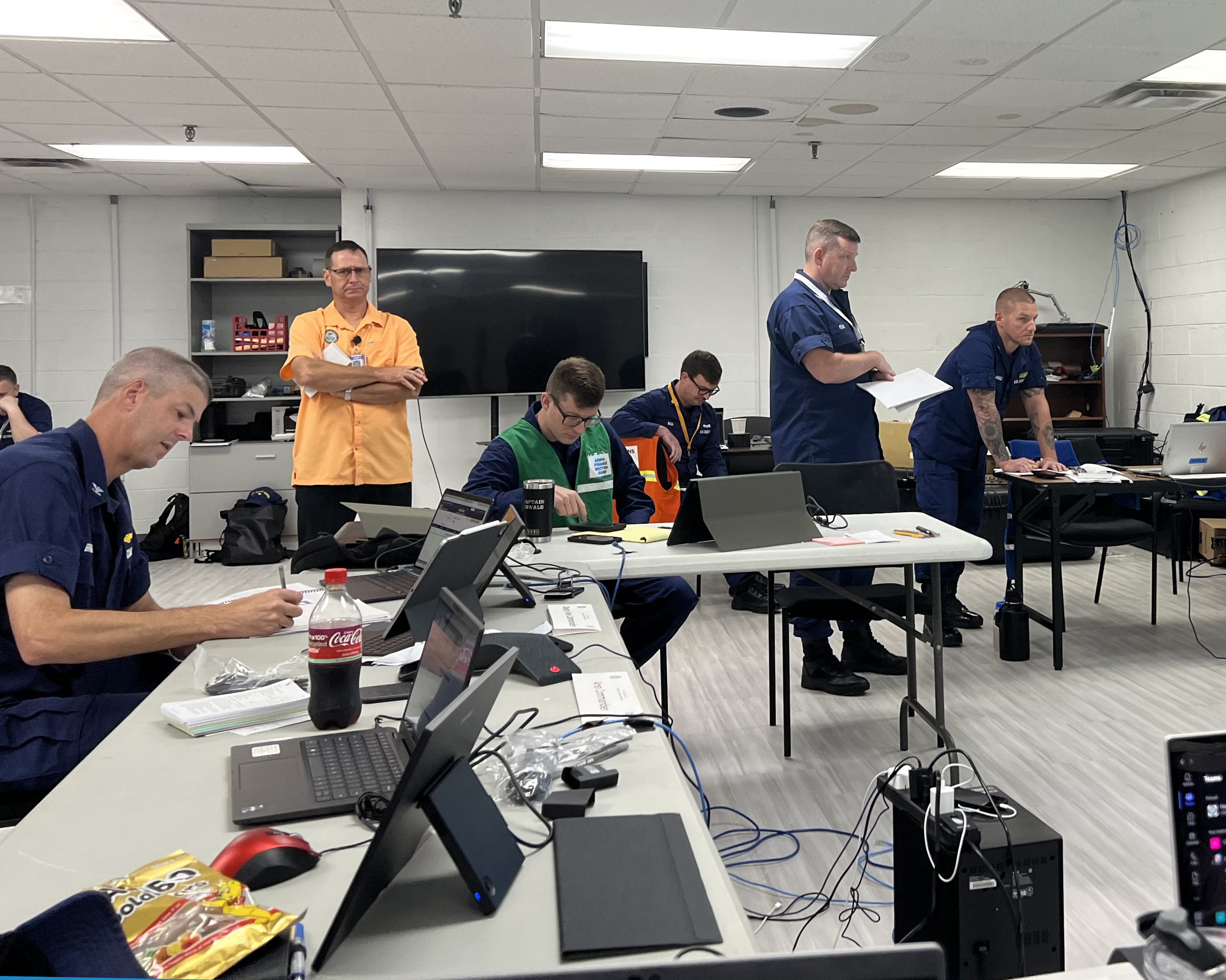
The SSC also coordinated with the Federal Emergency Management Agency (FEMA). FEMA tasked the National Geodetic Survey to obtain post-storm aerial imagery beginning on August 7. OR&R remained available to coordinate any requests for imagery analysis to identify actual or potential discharges of oil or hazardous materials.
The only pollution event reported was a sheen at Port Manatee in Tampa, Florida. The source was not known but appeared to be at the same location as a sheen that occurred during Hurricane Idalia in 2023. Boom was deployed and the sheen contained. No other reports of significance were made.
Debby weakened once inland and began to slow over the southeastern U.S., causing widespread flooding from heavy rain. The storm re-emerged in the Atlantic on August 7 before slowly moving northwards again, making landfall in South Carolina early on August 8 before weakening and becoming post-tropical the next day.
On August 8, the USCG Seventh District demobilized the ACP at Coast Guard Air Station Miami. Capt. Gregory Peck, ACP Commander, expressed “This whole of government response ensured the safety of the American public while simultaneously protecting property, the environment and ensuring the flow of commerce through U.S. ports and waterways."
AFFF (Aqueous Film-Forming Foam) Release; Brunswick, Maine
OR&R supported a release of fire-fighting foam at an airport hangar in Brunswick, Maine.
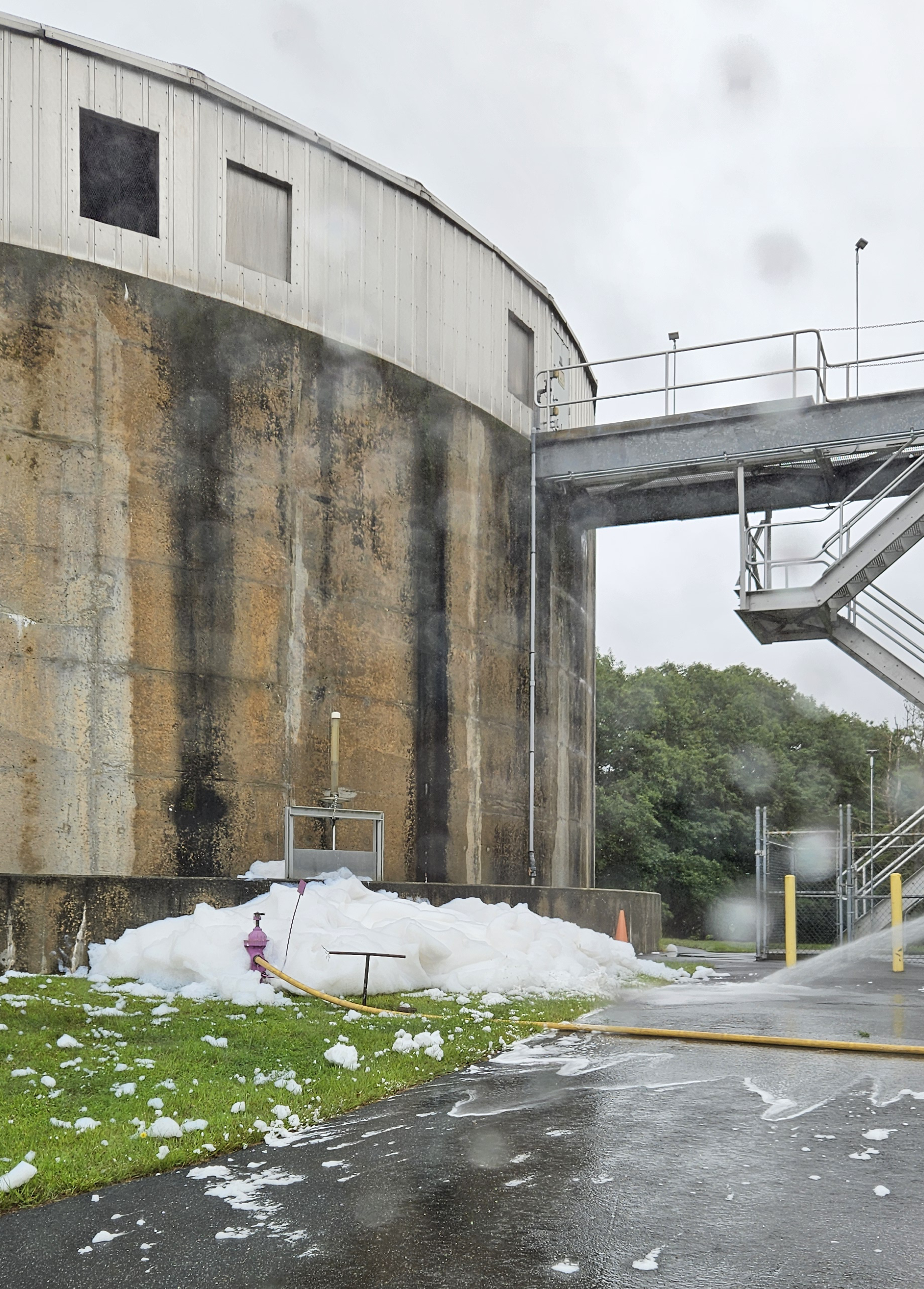
On August 19, an unknown malfunction caused the activation of a fire suppression system in an airport hangar in Brunswick, Maine. This resulted in a release of an estimated 1,450 gallons of concentrated fire-fighting foam (Aqueous Film-Forming Foam, or AFFF) and 50,000 gallons of water onto concrete inside the aircraft hangar, as well as the tarmac outside. Much of the discharge ended up in the storm water sewer system that leads to the municipal sewage treatment plant, with some of the discharge also ending up in retention ponds at the airport that are designed to retain spilled oil.
A Unified Command was established, represented by the Maine Department of Environmental Protection, USCG, and the Environmental Protection Agency. At USCG’s request, OR&R provided a resources-at-risk analysis and scientific expertise on de-foaming agents considered for use during the response.
Here is the complete list of August’s incidents. Click on the links to find out more:
- Oil Discharge into Joseph Bayou; Port Eads, LA
- Tropical Storm/Hurricane Debby
- 2024 Mendenhall Glacier Flood Event; Juneau, AK
- Satellite Image Anomaly (Potential Spill) East of the Delta Wildlife Refuge; southeast LA
- Satellite Imagery Anomaly; off Malibu, CA
- F/V Alaskan Capsized; Kuiu Island, SE Alaska
- F/V Sky Grounding in Izembek National Wildlife Refuge; near Cold Bay, AK
- NOAA SeaTrac Autonomous Vessel Collision; Monroe, MI
- BNSF Train and Tanker Truck Collision; Tacoma, WA
- Northstar Island Mystery Sheen; North Slope, AK
- Hurricane Ernesto Incidents Post-Storm; St Croix, USVI
- Nantucket Mystery Sheen; Nantucket Sound
- AFFF (Aqueous Film-Forming Foam) Release; Brunswick, ME
- Landslide; Ketchikan, AK
- Sinking of Vessel off Pacific Northwest; Pacific Ocean
- F/V The Jig Strike Sunk; 100+ miles off San Diego, CA

